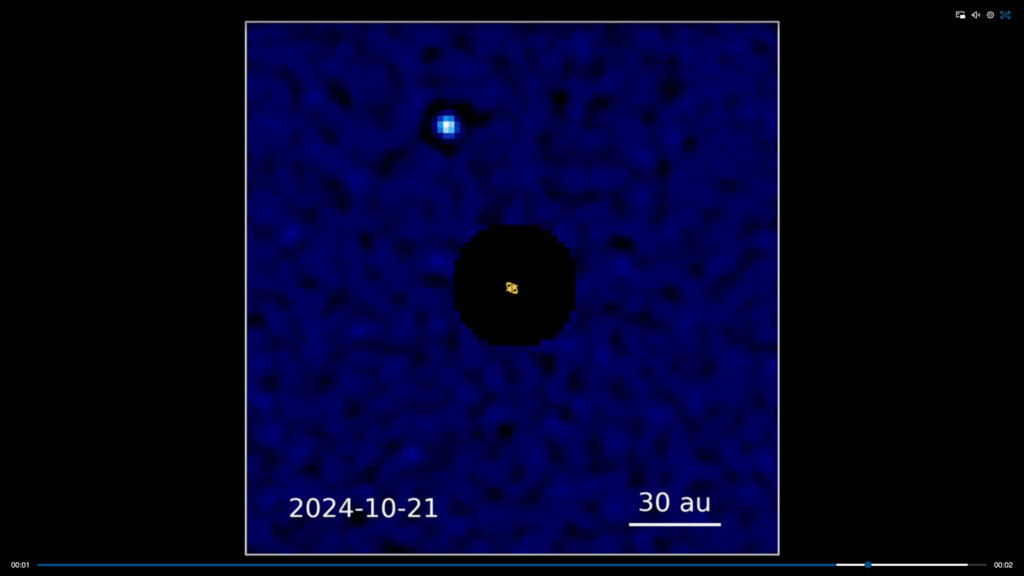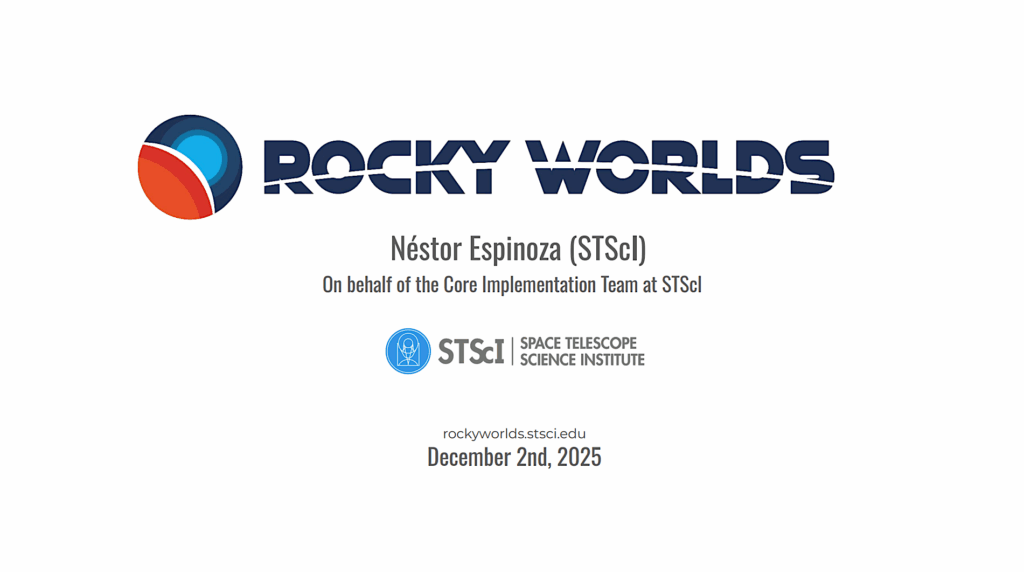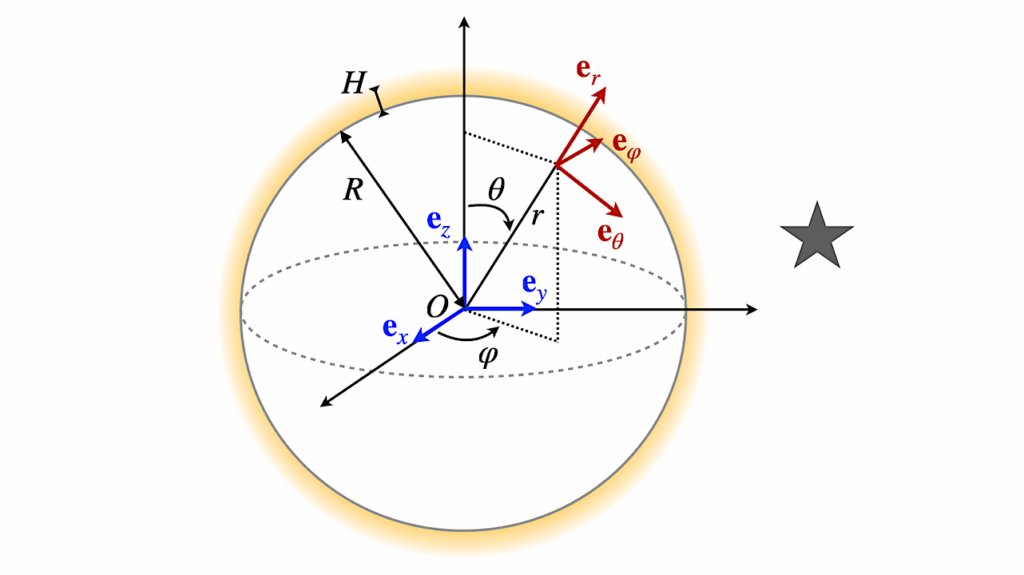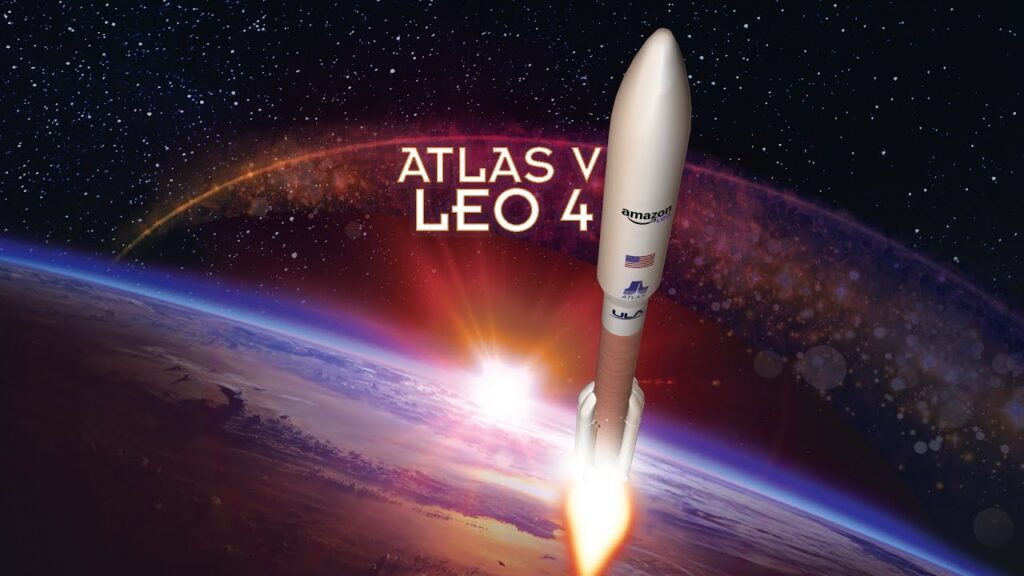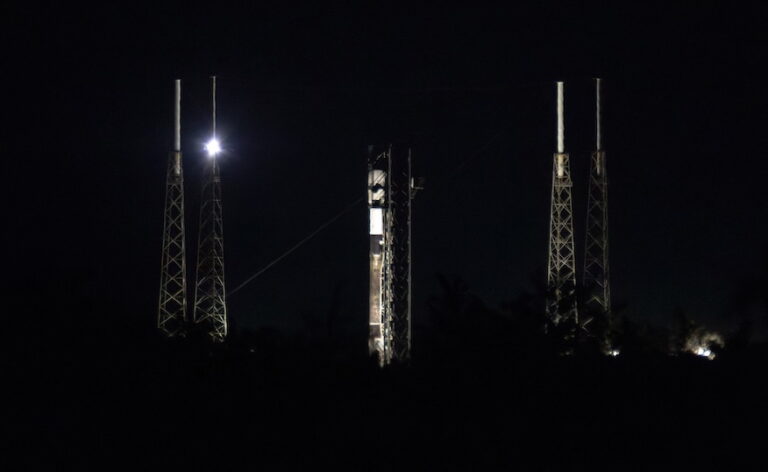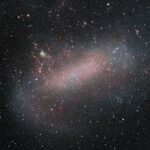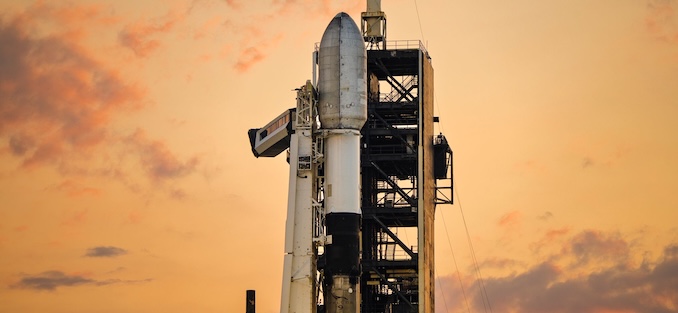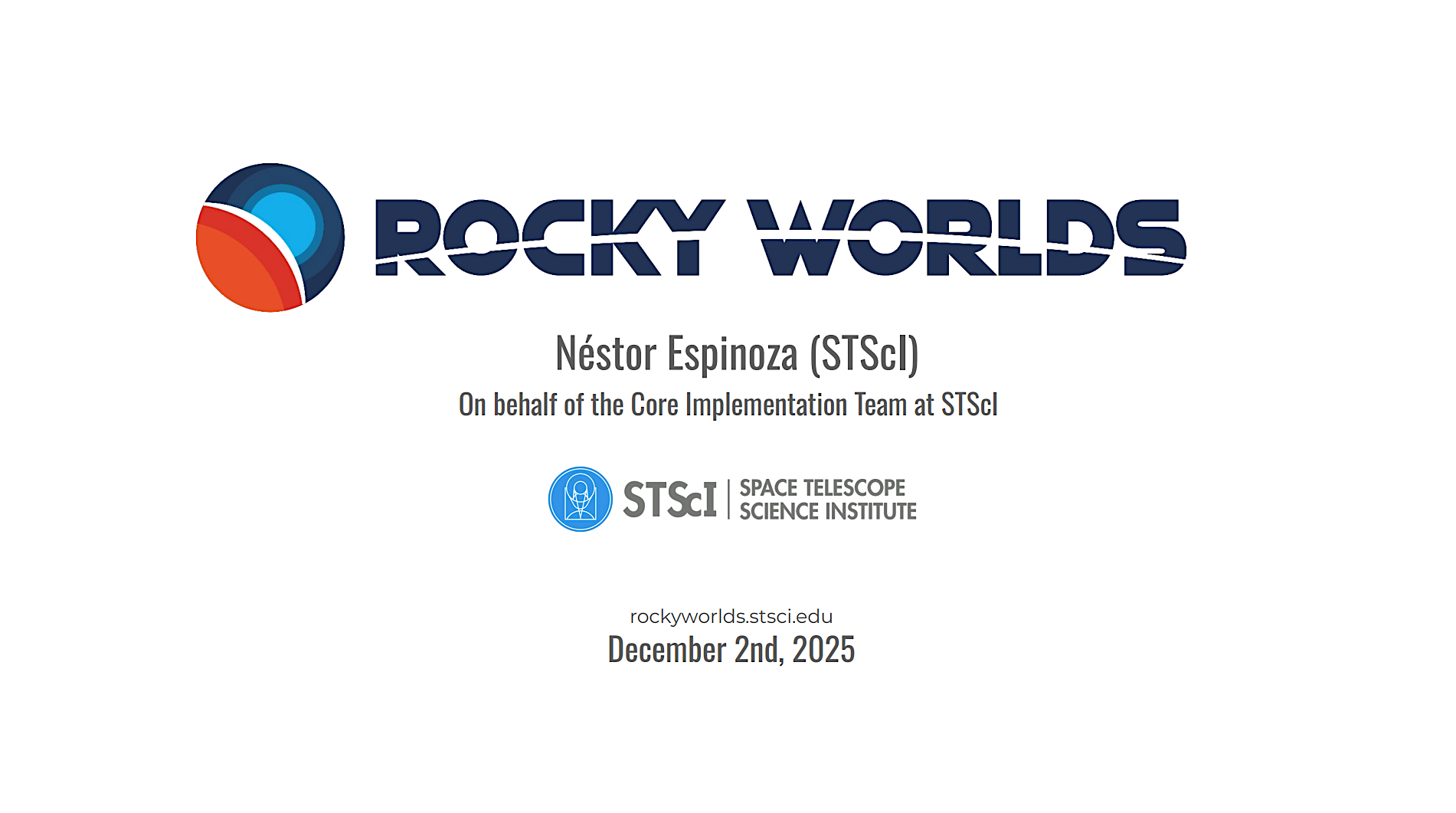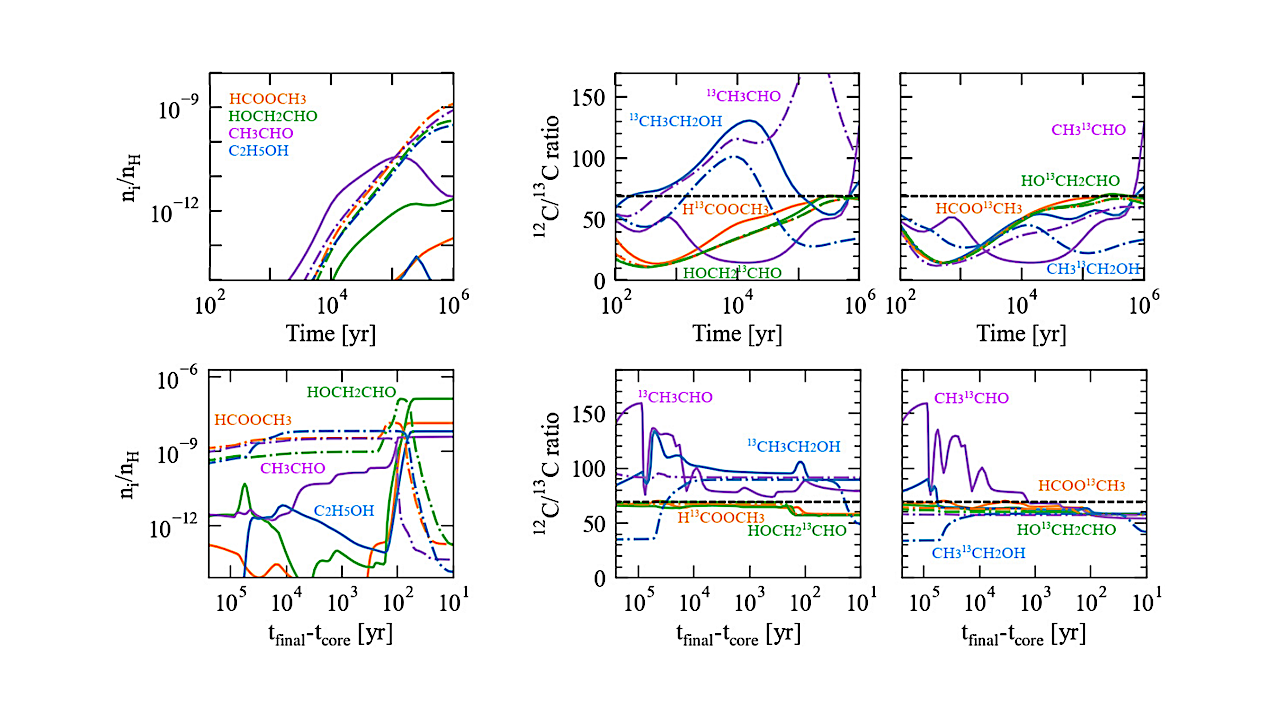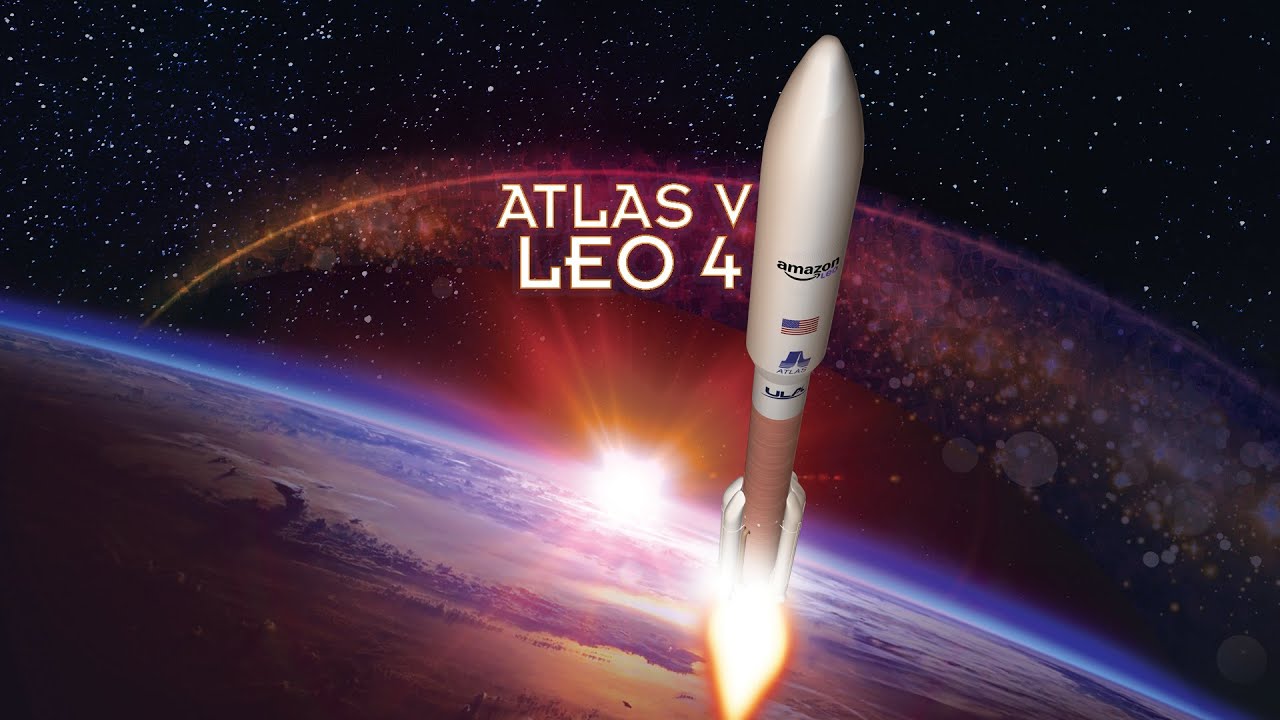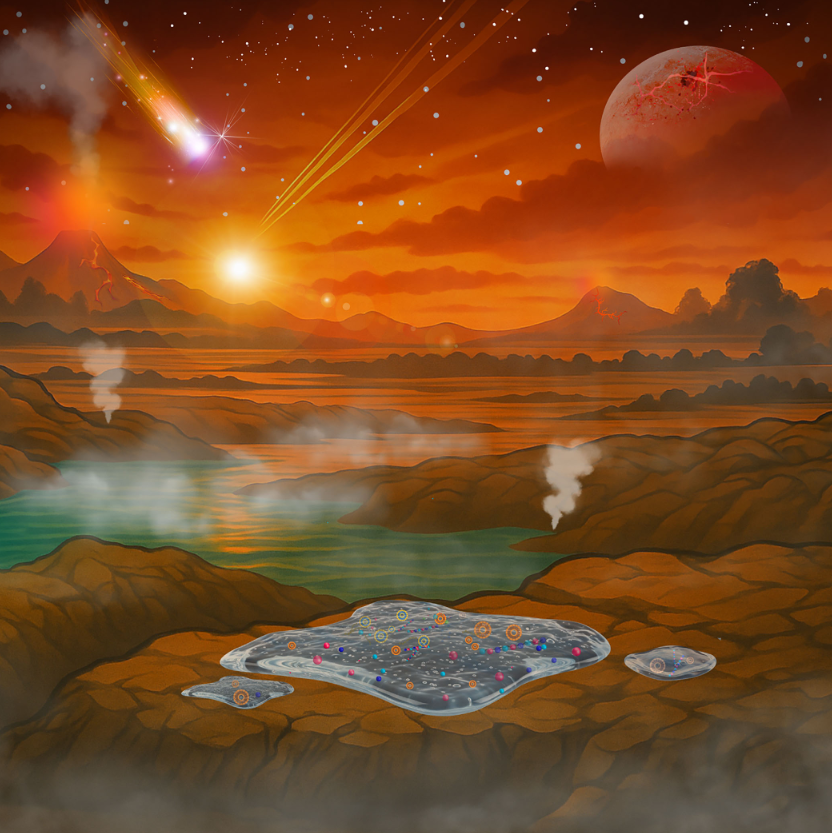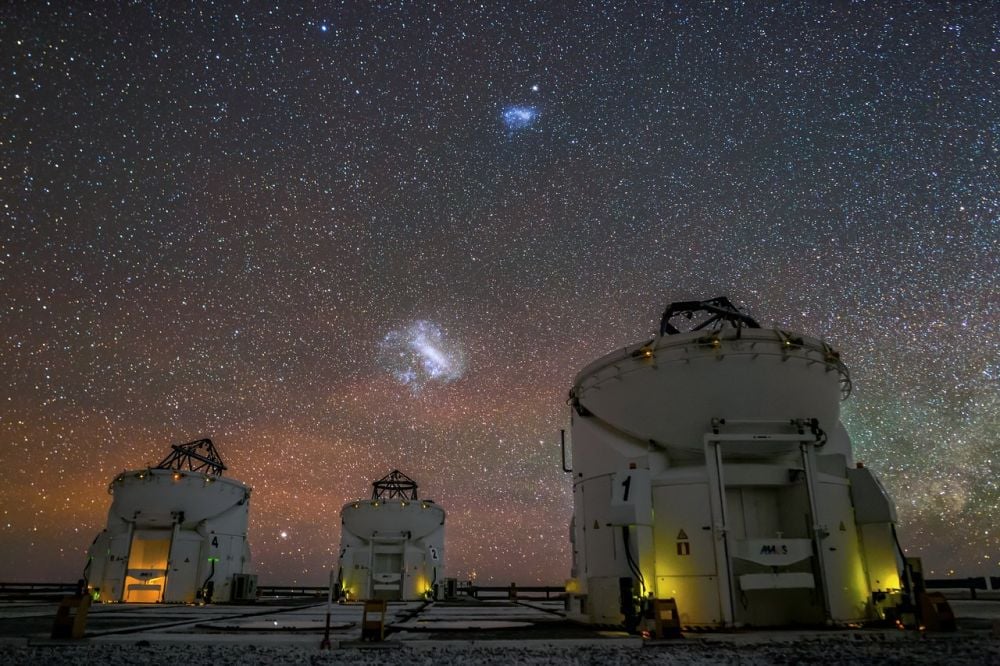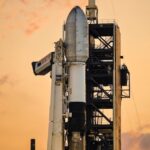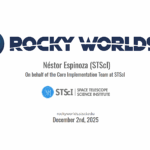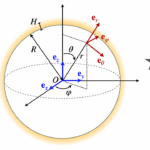Paris, France – Released today, Novaspace’s latest FSS Operators: Benchmarks & Performance Review unveils a year of transformation for satellite operators. 2025 is redefining the rules of
For the 300th time this year, a rocket has lifted off for Earth orbit. SpaceX on Thursday (Dec. 11) launched a Falcon 9 rocket carrying 29 Starlink satellites from Space
Surface-bound gels may have provided the structure and chemistry necessary for life to take root on Earth. These findings could also have implications in the search for life beyond Earth.
Images captured by NASA’s Parker Solar Probe as the spacecraft made its record-breaking closest approach to the sun in December 2024 have now revealed new details about how solar magnetic
Researchers at the University of Hawaiʻi Institute for Astronomy (IfA) are helping reshape how scientists study the sun. The UH-led team has developed a new artificial intelligence (AI) tool that
NASA NASA has selected one small explorer mission concept to advance toward flight design and another for an extended period of concept development. NASA’s Science Mission Directorate Science Management Council
There are already tens of thousands of pieces of large debris in orbit, some of which pose a threat to functional satellites. Various agencies and organizations have been developing novel
SpaceX intends to go public in 2026 and will seek a valuation of $1.5 trillion, according to media reports. Elon Musk‘s company has been private since its founding in March
The Leibniz Institute for Astrophysics Potsdam (AIP) is forming a new research group that will focus solely on the Large and Small Magellanic Clouds. The pair of irregular dwarf galaxies
The moon’s surface may be more than just a dusty, barren landscape. Over billions of years, tiny particles from Earth’s atmosphere have landed in the lunar soil, creating a possible
-
 012024 in Review: Highlights from NASA in Silicon Valley
012024 in Review: Highlights from NASA in Silicon Valley -
 02Panasonic Leica Summilux DG 15mm f/1.7 ASPH review
02Panasonic Leica Summilux DG 15mm f/1.7 ASPH review -
 03From Polymerization-Enabled Folding and Assembly to Chemical Evolution: Key Processes for Emergence of Functional Polymers in the Origin of Life
03From Polymerization-Enabled Folding and Assembly to Chemical Evolution: Key Processes for Emergence of Functional Polymers in the Origin of Life -
 04How New NASA, India Earth Satellite NISAR Will See Earth
04How New NASA, India Earth Satellite NISAR Will See Earth -
 05And Thus Begins A New Year For Life On Earth
05And Thus Begins A New Year For Life On Earth -
 06Astronomy Activation Ambassadors: A New Era
06Astronomy Activation Ambassadors: A New Era -
07SpaceX launch surge helps set new global launch record in 2024


